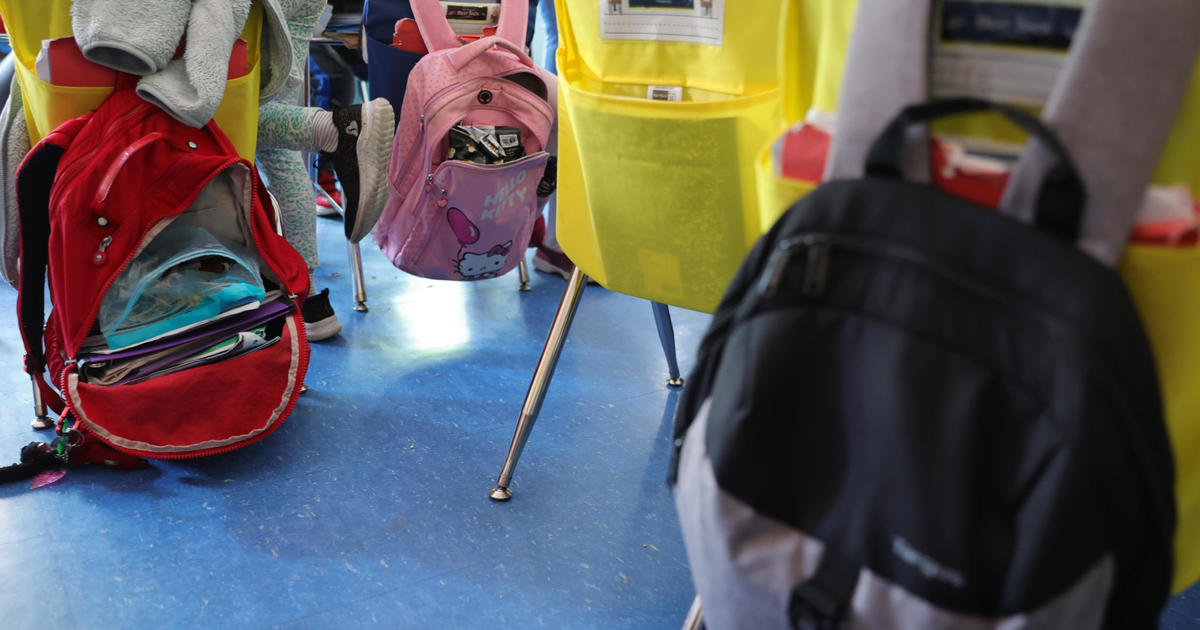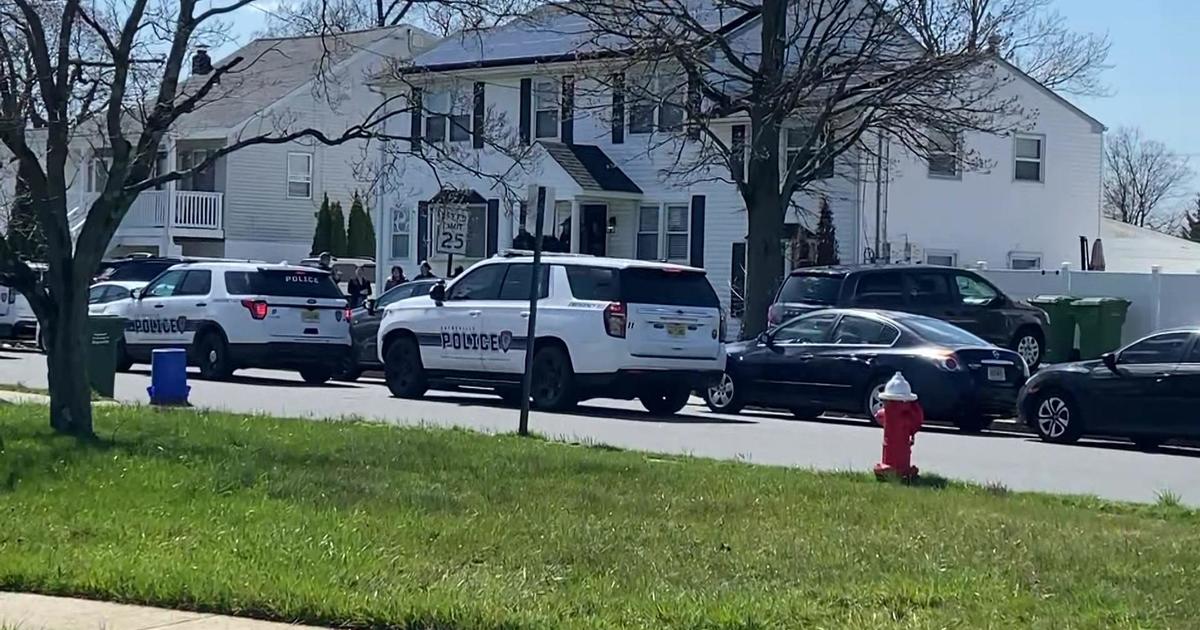Federal Investigators Eyeing Switch In Deadly South Carolina Amtrak Train Crash
CAYCE, S.C. (CBSNewYork/AP) — Federal investigators are trying to figure out why a switch was in the wrong position, sending an Amtrak train into a freight train and killing a conductor and an engineer in South Carolina and injuring more than 100 passengers.
The National Transportation Safety Board says on Twitter that the agency will hold a meeting briefing at 4 p.m. Monday near the Columbia Metropolitan Airport.
NTSB Chairman Robert Sumwalt said Sunday that the New York-to-Miami passenger train hurtled down a side track near Cayce around 2:45 a.m. Sunday after a stop 10 miles north in Columbia because a switch was locked in place, diverting it from the main line.
PHOTOS: Deadly Amtrak Crash In South Carolina
A crew on the freight train had moved the switch to drive it from one side track — where it unloaded 34 train cars of automobiles — to the side track where it was parked. The switch was padlocked as it was supposed to be, Sumwalt said.
The system that operates the train signals in the area was down, so CSX Corp. — the freight railroad operator which runs that stretch of track — was manually operating the signals. Sumwalt said it was too early to know if the signal was red to warn the Amtrak crew that the switch was not set to continue along the main train line.
"Key to this investigation is learning why that switch was lined that way because the expectation of course is that the Amtrak would be cleared and would be operating straight down," Sumawalt said.
The Silver Star was going an estimated 59 mph when it struck the freight train, Gov. Henry McMaster said. It was the middle of the night, and many people were jolted from sleep by the crash and forced into the cold.
"There were bodies everywhere, the seats came up off the floor, glass came out all over the train," said passenger Wendy Comerico. "Just bodies lying everywhere on top of one another."
"I thought that I was dead," said passenger Eric Larkin, of Pamlico County, North Carolina, who was dazed and limping after banging his knee.
Derek Pettaway of Philadelphia was in one of the cars toward the back.
"I was not able to brace myself properly," he said. "I ended up going into the wall."
The locomotives of both trains were left crumpled, the Amtrak engine on its side. One car in the middle of the Amtrak train was snapped in half, forming a V off to one side of the tracks.
Engineer Michael Kempf, 54, of Savannah, Georgia, and conductor Michael Cella, 36, of Orange Park, Florida, were killed, Lexington County Coroner Margaret Fisher said.
"Any time you have anything that happens like that, you expect more fatalities. But God blessed us, and we only had the two," Fisher said, her voice choked with emotion.
No one appears to have been aboard the CSX train at the time of impact.
"The CSX was on the track was where it was supposed to be on and that appears to be a loading track," McMaster said.
Of the 116 people taken to four hospitals, only about a half dozen were admitted. The rest had minor injuries such as cuts, bruises or whiplash, authorities said.
Sumwalt said that positive train control — a GPS-based safety system that can automatically slow or stop trains — could have prevented the accident.
"That's what it's designed to do," he said.
Metro-North, Long Island Rail Road and NJ TRANSIT are still working on installing PTC, WCBS 880's Sean Adams reported. The deadline is the end of the year.
Conn. Sen. Richard Blumenthal tweeted: "America's railroads must be made safer. Proven technology like positive train control cannot continue to be delayed. On safety, business as usual must end."
Investigators recovered a camera from the front of the Amtrak train and were looking for the data recorders from the two trains.
(© Copyright 2018 CBS Broadcasting Inc. All Rights Reserved. The Associated Press contributed to this report.)



